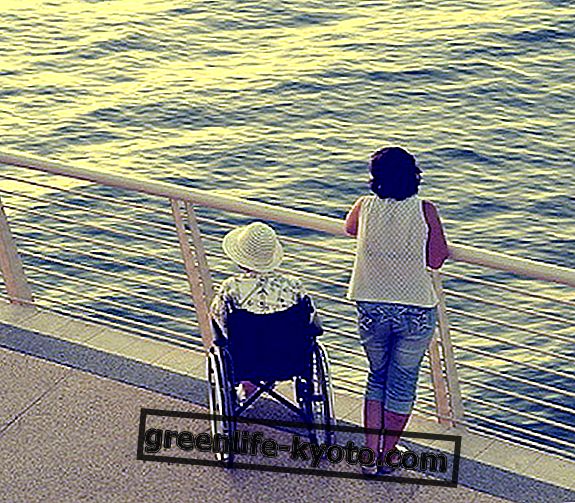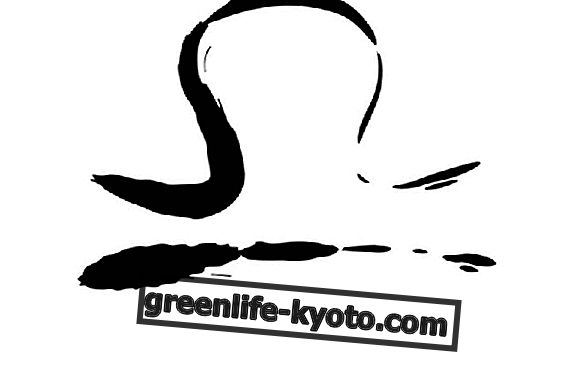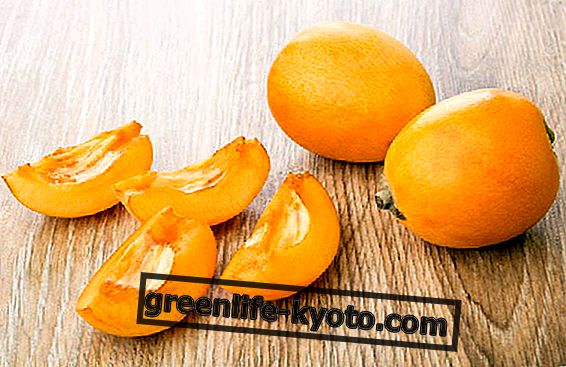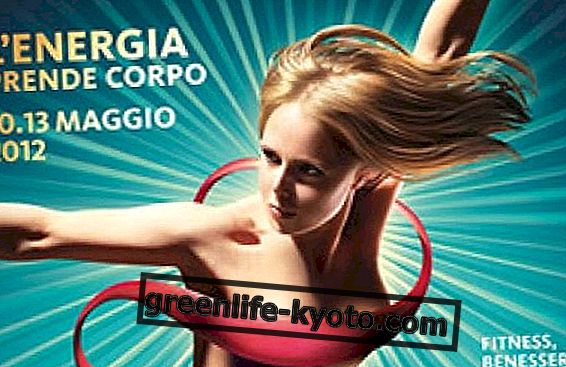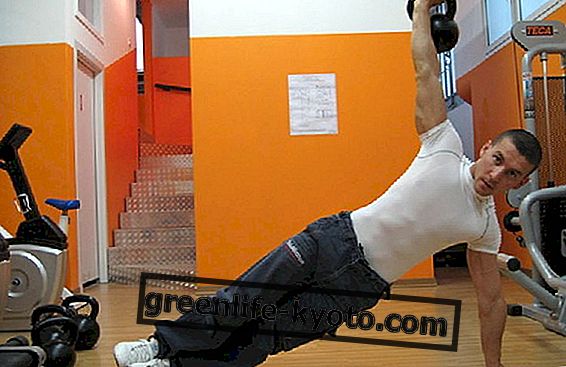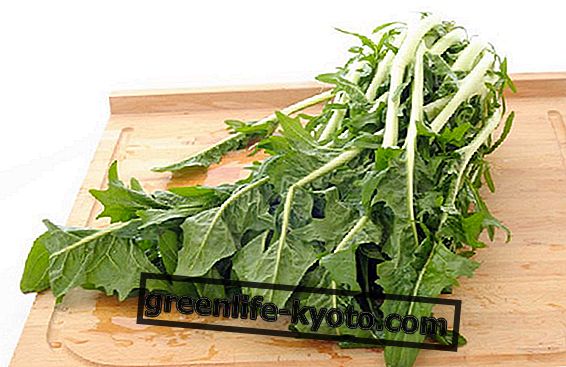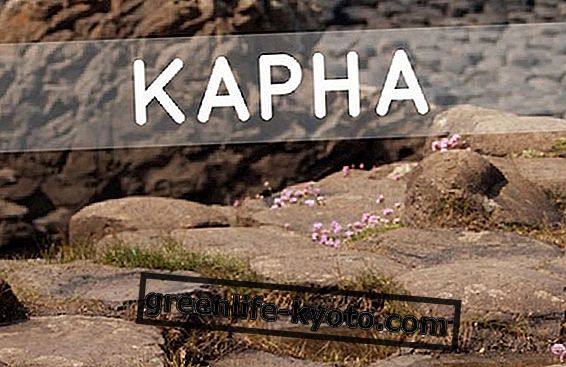
A physician driven by an inexhaustible spirit of research, Samuel Hahnemann devoted much of his existence to experimentation and was the first to provide the formal systematization of homeopathy
Samuel Hahnemann (Meißen, 10-11 / 1755 - Paris, 2/07/1843)
Christian Friedrich Samuel Hahnemann was a German doctor - graduated with honors in 1779 in Erlangen with a thesis entitled: Conspectus adfectuum spasmodicorum aetiologicus et therapeuticus - affiliated to the Freemasons, follower of the vitalism (current of thought that exalts life intended as energy force and spiritual, beyond its material biological aspect), connoisseur of ten languages, Italian included, and founder of homeopathy .
He completed his studies in Leipzig, then at the University of Vienna and at the age of 24 he graduated in Medicine at Erlangen, after having learned the medical art following illustrious doctors, learned over ten languages including Italian and translated countless texts. At the age of 27 he married the nineteen-year-old Johanna Henriette Kuchler, daughter of a pharmacist, who gave him eleven children and followed him tirelessly in the many transfers.
Life will put him to the test: at close range his wife will die, after 48 years of marriage, followed by almost all her eleven children following the cholera epidemic that hit Europe. He remarried only in 1835, at the age of almost eighty, with a French artist, Mille Melanine d'Hervill Gohier, who came to Germany to meet him. With her he will move to Paris.
Samuel Hahnemann, it all started with quinine
Medicine must not move away from the sphere of pure experiences and observations, if it wants to avoid falling into nothingness and quackery .
These are Hahnemann's words contained in the second edition of the Organon (1819 ), his fundamental work. But let's get closer to this character starting from the beginning of his career as a doctor and researcher. In 1781, Samuel Hahnemann holds the position of doctor in the mining area of Mansfeld. At that time Hahnemann realized the inefficiency of the therapeutic techniques of the time, deciding not to practice the medical profession anymore. In the following years he became interested in chemistry, worked as a translator of medical and scientific texts and traveled to different countries. During the translation of the text Materia Medica by physician William Cullen, Hahnemann draws a decisive deduction for the formulation of homeopathy under the heading "Bark of china".
At the time malaria was cured with the extract of cinchona bark and Cullen believed that the efficacy of quinine was due to its astringent effect; Hahnemann rejects this idea, as substances much more astringent than quinine did not cure fever; consequently the cause of its therapeutic effects had to be another. He then decided to experiment with quinine on himself:
In the beginning my feet and fingertips became cold; I became sluggish and sleepy; then the heart began to palpitate and the pulse became hard and small; a great anxiety pervaded me, accompanied by trembling, without cold rigidity; knocking of all the limbs, the head throbbed, the cheeks flushed, I was very thirsty.
In short, it develops symptoms similar to those of malaria and formulates a series of hypotheses on which it will lay the foundations for structuring homeopathy.
Samuel Hahnemann and the birth of homeopathy
In 1806 Samuel Hahnemann published his first important work, The Medicine of Experience, which contains in a nutshell the fundamental ideas of homeopathy (from the Greek omeios, similar and pathos, disease): diseases are cured with medicines that they produce in the healthy subject the characteristic symptoms of the disease to be fought ( Similia similibus curantur ) the efficacy of the medicaments is understood only with experiments performed with the pure matter on the healthy organism; the succussions to the medicaments at the time of their preparation give them an energy that is multiplied by the dilution ; we must not aim at the healing of illness, which is only a symptom of the internal disorder of the organism, but at the healing of the individual in his integrity and individuality.
In 1810 Samuel Hahnemann published the first edition of his main theoretical work, the Organon of rational healing, later renamed Organon of the art of healing and published in six other editions. Back in Leipzig again, in 1812 he founded a School of Homeopathy at the University of Medicine, despite the resistance of his colleagues and even though he had to pay a certain sum of money to give lessons. Hahnemann in this period conducts many experiments together with a small group of students: the results are published in a text in six volumes, Pure Matter . Prince Schwarzenberg, the hero of the Battle of Leipzig, arrives in Leipzig to be treated by Hahnemann himself . The prince dies, Hahnemann is held responsible and, unable to practice any more, he leaves the city.
One does not lose heart, indeed, in Kothen, Samuel Hahnemann studies a lot, reflects on criticism, expands his theory. To avoid the side effects of medicines, Hahnemann is increasingly reducing the dosage, reaching very low doses. Faced with the objection that doses so small can no longer be effective, Hahnemann replies that the curative efficacy of substances can be enormously increased through a process called " dynamization ". Thus the "principle of infinitesimal dilutions" is coined: at each dilution of the medicament, the solution must be manually shaken to "energetically" charge the remedy and enhance its therapeutic action.
Until his death, Hahnmann will receive attacks from the guild of pharmacists, criticisms that will multiply following the publication of the treatise The chronic diseases (1827). Hahnemann died in Paris on 2 July 1843; his recently restored tomb is located in the monumental cemetery of Pere Lachaise.
Useful resources on Samuel Hahnemann
- Organon of the art of healing (in German)
- Organon of the art of healing (in English)
